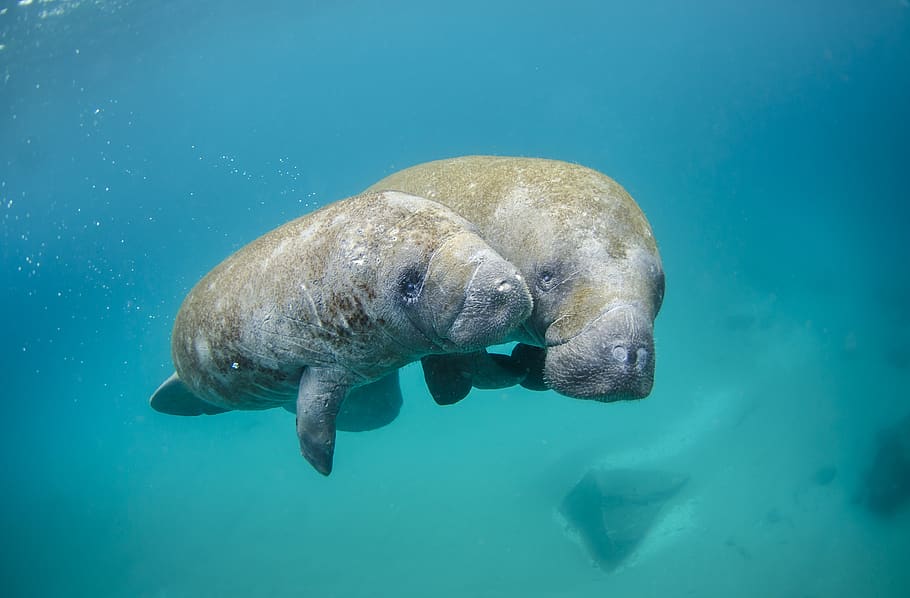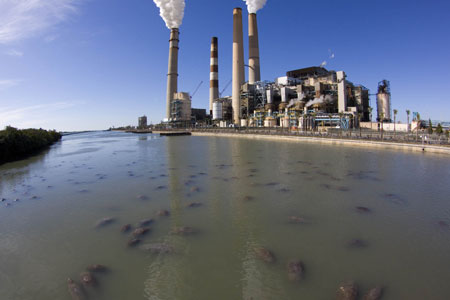
Florida’s manatees are having a rough year — 761 of them died in just one lagoon in the first 5 months of 2021. That’s 10% of the state’s population.
The sunshine state’s iconic West Indian manatees have been starving to death because their main food source, seagrass, is unable to grow in the some of the state’s heavily polluted waters. What’s worse, researchers expect the trend to continue.
“We’ve never had anything like this before,” says Patrick Rose, Executive Director of the Save the Manatee Club. “Man’s action have really caused a major decline in the seagrass available.”

Manatees are vegetarians that dine on seagrasses, algae, and other aquatic plants. And, because the animals are intolerant to low water temperatures, they tend to overwinter in areas with warm waters. A popular spot for the heat-seeking manatees is the Indian River Lagoon on Florida’s Atlantic Coast, an area with consistently warm temperatures due to warm water release from Florida Power and Light power plants.
While the manatees remain warm enough there, sewage discharge and agricultural runoff in the area are creating harmful algal “superblooms” that make sunlight unable to penetrate the lagoon. This makes it nearly impossible for seagrasses to grow. The waters “look like pea soup,” says Florida Fish and Wildlife Conservation Commission veterinarian Martine de Wit. Nearly two and a half million pounds of nitrogen and phosphorus from agriculture, lawn fertilizer, and leaking septic tanks flow into the lagoon every year.

Rehabilitation centers are now overloaded with sick and emaciated manatees and are struggling to keep up with rescues.
Thankfully, citizens and are now taking action. “Efforts to reduce nutrients are underway,” said supervising environmental scientist Charles Jacoby. Projects aimed at reducing phosphorus content of wastewater, replacing or removing old septic tanks, and cleaning up layers of muck at the bottom of the lagoon are currently underway, but it will likely take years to improve.
Still, researchers are optimistic about the future of the species. Florida’s west coast populations are stable, and those on the east coast “are probably all right” in the long-term, says Jacoby.




